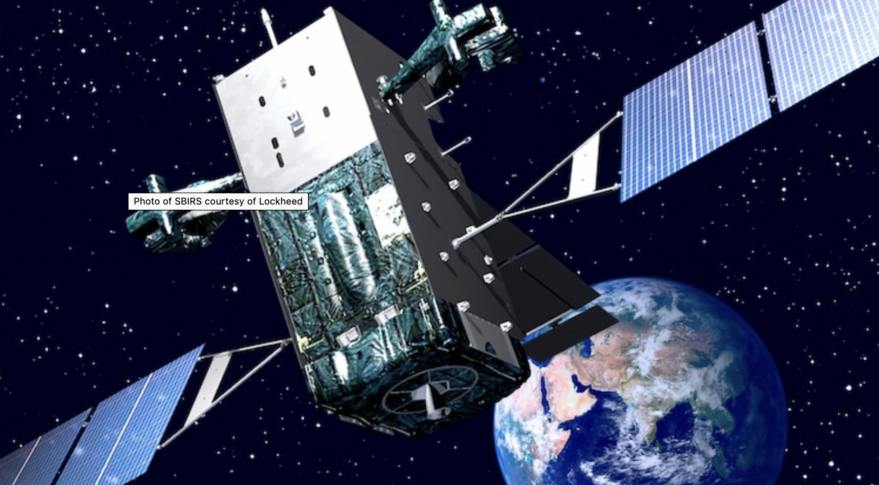Article Link: https://spacenews.com/space-force-to-brief-industry-on-its-future-architecture-for-space-based-missile-warning/

The Space Force’s new Space Warfighting Analysis Center (SWAC) is set to brief industry representatives on the results of a study it conducted into space-based missile defense, like tracking and warning. Some of the information that will be included in this brief will include the Force Design, which is vital information for industry partners to have. Force Design standards include information such as plans and methods for satellite deployment, space service delivery, and continuity of operations at all times, even when under threat.
Per an announcement posted on SAM.gov, which is the site for registering to do business with the US Government, this will be part of a business fair held on October 27th, 2021 and deal with the SWAC’s model-based systems engineering approach while communicating Force Design overviews to the industry and providing industry officials with perspective on the evolution of the Space Force’s missions. The Space Force has also noted that this event is purely for information dissemination and unrelated to any and all acquisitions the Space Force is, or will be, pursuing.
With this type of forum being held, I think that the biggest cybersecurity risk would involve the data, namely intellectual property leakage. The forum will be vetting all attendees, but if the information were to get into the wrong hands, sensitive data regarding upcoming Space Force technology could be scrutinized to find possible weak points, giving attackers an advantage in their goals of compromising US Space Force missions. I believe that nation states would have the most to gain from this as they would not only be able to find weaknesses in our technology to exploit, but use our IP as a building block to create their own space-based missile defense technology. Additionally, if attackers gain information on these systems, they could use that information to figure out how to hack into or disable them, leading to a lack of continuous availability, which would create serious risks in the event of a missile launch.